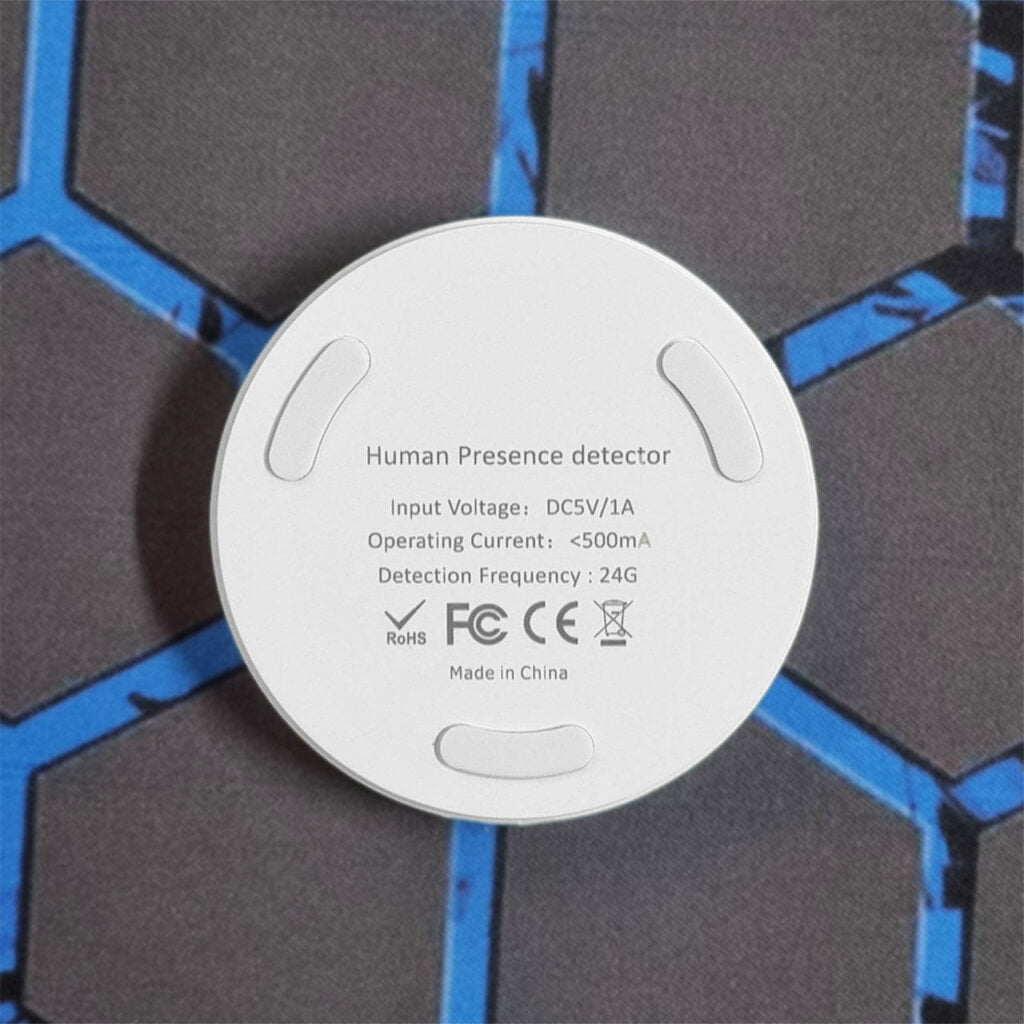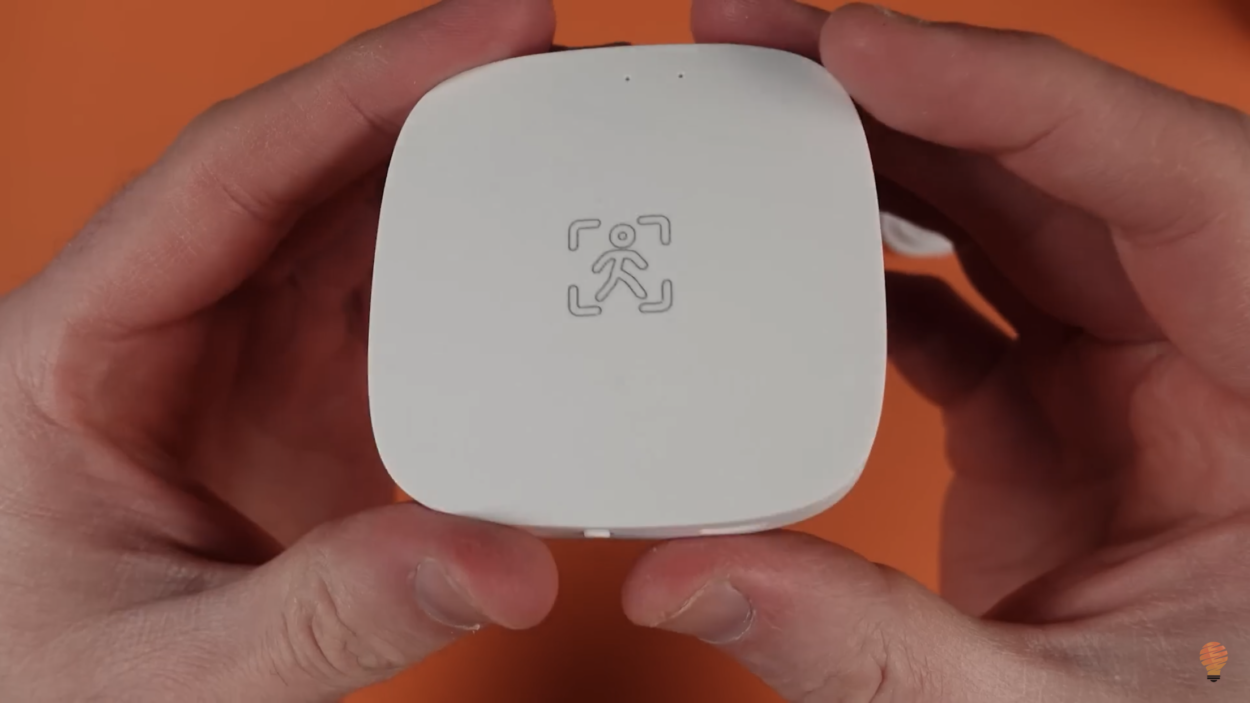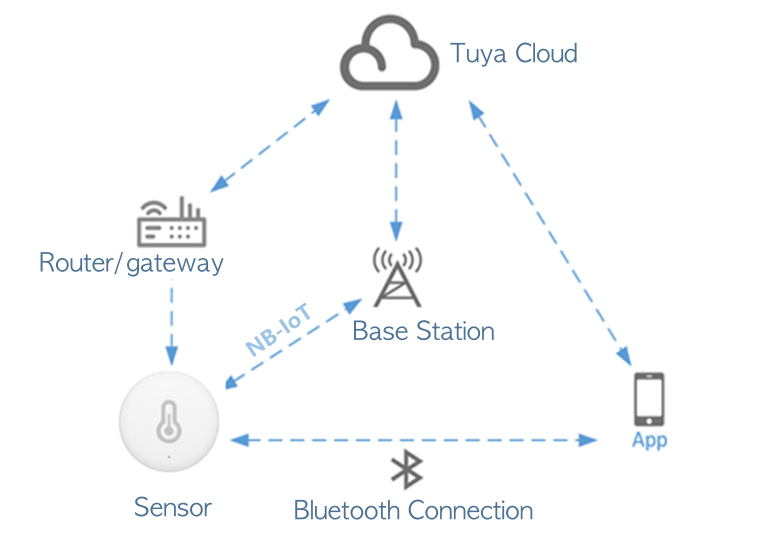Starting with tuya sensor, these innovative devices are revolutionizing the way we interact with our homes, making them smarter and more intuitive. With a diverse range of sensors designed for various applications, Tuya sensors are at the forefront of smart home technology, enabling seamless integration and enhanced user experiences.
From motion detectors to temperature sensors, the Tuya brand encompasses an array of devices that cater to different needs within a smart home ecosystem. Their ease of integration with platforms and commitment to performance ensure that users can enjoy a reliable, efficient smart living space.
Overview of Tuya Sensors

Tuya sensors are integral components of modern smart home technology, designed to enhance the automation and control of home environments. These sensors offer a seamless integration with various devices, providing homeowners with insights and alerts that improve security, efficiency, and convenience. With a focus on user-friendly functionality, Tuya sensors cater to a wide range of applications within smart home systems.
The fundamental features of Tuya sensors include real-time monitoring, connectivity through Wi-Fi or Zigbee protocols, and compatibility with a host of smart devices. Many sensors are equipped with mobile app support, enabling users to manage settings and receive notifications remotely. Key specifications often encompass battery life, detection range, and sensitivity settings, which can vary depending on the specific sensor type.
Types of Tuya Sensors
Tuya offers a diverse range of sensors tailored for different monitoring needs and use cases. The primary categories of Tuya sensors include:
- Motion Sensors: Designed to detect movement within a specified range, these sensors are ideal for security applications, can trigger alarms, or activate other devices when motion is detected.
- Temperature and Humidity Sensors: These sensors monitor ambient temperature and humidity levels, providing crucial data for maintaining optimal home conditions and alerting users to significant changes.
- Door and Window Sensors: Implemented for security, these sensors notify homeowners when doors or windows are opened or closed, enhancing property safety when integrated with a smart alarm system.
- Leak Sensors: These sensors detect water leaks and can prevent significant damage by sending alerts before a small leak turns into a major problem.
- Air Quality Sensors: Monitoring pollutants and allergens, these sensors help maintain a healthy living environment by providing alerts when air quality decreases.
The applications of Tuya sensors extend beyond mere monitoring; they play a critical role in creating responsive environments. For example, motion sensors can trigger lighting systems to turn on when someone enters a room, while temperature sensors can adjust smart thermostats to optimize energy usage based on occupancy patterns. In security applications, door and window sensors can be integrated into a broader alarm system, ensuring immediate alerts if unauthorized access is detected.
Effective use of Tuya sensors can significantly enhance the efficiency and safety of smart home systems, making them a cornerstone of modern home automation.
Integration and Setup

Integrating Tuya sensors with smart home platforms allows users to create a cohesive and automated environment within their living spaces. This setup streamlines control and monitoring, enhancing the convenience and efficiency of managing various devices. The following sections detail the necessary steps for integrating Tuya sensors, a guide for setup including troubleshooting tips, and methods for connecting Tuya sensors with other IoT devices.
Steps for Integration with Smart Home Platforms
To effectively integrate Tuya sensors with smart home platforms, follow these sequential steps to ensure a smooth setup process:
1. Download the Tuya Smart App: Begin by downloading the Tuya Smart application from the App Store or Google Play. This app serves as the central hub for managing all Tuya devices.
2. Create an Account: Open the app and create a new account or log in if you already have one.
3. Add Device: Tap on the “+” sign within the app to start adding your Tuya sensor.
4. Select Device Type: Choose the type of sensor you are setting up, such as a motion sensor, humidity sensor, or door/window sensor.
5. Connect to Wi-Fi: Ensure your smartphone is connected to a 2.4GHz Wi-Fi network, as Tuya sensors typically do not support 5GHz connections. Enter your Wi-Fi password when prompted.
6. Power On the Sensor: Turn on the sensor by removing the battery tab or plugging it in, depending on the model.
7. Pairing Mode: Activate the pairing mode on the sensor, which usually involves pressing a button until a light indicator flashes.
8. Complete the Setup: Follow the app’s instructions to complete the setup and name your device. You can then control it directly through the app.
9. Integration with Other Platforms: If desired, link the Tuya sensor with other smart home ecosystems like Google Assistant, Amazon Alexa, or IFTTT for further automation capabilities.
Guide for Setting Up Tuya Sensors
Setting up Tuya sensors is a straightforward process, but users may encounter challenges. Here’s a comprehensive guide along with troubleshooting tips:
– Physical Setup: Position your sensors in ideal locations for optimal performance. For motion sensors, ensure they face open spaces without obstructions.
– Battery Installation: For battery-operated sensors, install fresh batteries and ensure they are correctly oriented.
– Wi-Fi Connectivity: A stable internet connection is crucial. If the sensor fails to connect, check your Wi-Fi settings, and make sure the network is operational.
– Firmware Updates: Regularly check for firmware updates in the app to enhance the performance and security of your sensors.
Troubleshooting Tips:
– If the sensor does not respond, try resetting it by following the manufacturer’s instructions, typically involving holding a button for several seconds.
– Ensure that the app has the necessary permissions to operate, such as location services.
– In case of connectivity issues, try moving the sensor closer to the router, or consider using a Wi-Fi extender.
Connecting Tuya Sensors with Other IoT Devices
Connecting Tuya sensors with other Internet of Things (IoT) devices expands their functionality and integrates them into a broader smart home ecosystem. The following methods can facilitate this connection:
– Using Smart Assistants: Both Google Assistant and Amazon Alexa support Tuya devices. By linking your Tuya account to these platforms, you can use voice commands to control the sensors.
– IFTTT Integration: The IFTTT (If This Then That) platform allows for creating custom automation. For example, you can set a trigger that turns on lights if a motion sensor detects movement.
– Home Automation Hubs: Consider employing home automation hubs like SmartThings. These hubs can manage multiple devices across various brands, integrating Tuya sensors seamlessly into a larger system.
– Compatibility with Zigbee and Z-Wave: Some Tuya sensors support Zigbee or Z-Wave technologies. If you have a hub that supports these protocols, you can pair your sensors for an enhanced smart home setup.
By following these guidelines, users can successfully integrate and set up Tuya sensors within their smart homes, ensuring a connected and efficient living environment.
Performance and Reliability

The performance and reliability of Tuya sensors are paramount for ensuring a seamless smart home experience. These sensors are designed to deliver accurate readings and quick response times, which are essential for efficient home automation. In this section, we will delve into various performance metrics and the factors affecting reliability in different environments.
Performance Metrics of Tuya Sensors
Tuya sensors showcase impressive performance metrics that make them a popular choice among smart home enthusiasts. Key performance indicators include response times and operational range.
– Response Times: Typically, Tuya sensors are designed to respond within milliseconds. For instance, motion detection sensors generally register movement and send alerts to the connected devices in less than 200 milliseconds, ensuring real-time monitoring.
– Operational Range: The operational range of Tuya sensors can vary depending on the specific device and its environment. Most sensors operate effectively within a range of 30 to 100 meters when unobstructed. This range can be influenced by factors such as building materials and interference from other wireless devices.
Tuya sensors often provide reliable performance across extensive ranges, but physical barriers and electronic interference can significantly impact efficacy.
Factors Impacting Reliability
Reliability is crucial for the consistent performance of Tuya sensors. Several factors can influence this reliability, which includes environmental conditions and installation practices.
– Environmental Conditions: Extreme temperatures, humidity, and exposure to direct sunlight can affect sensor performance. For example, outdoor sensors are typically rated to operate within specific temperature ranges; exceeding these can lead to inaccurate readings or sensor failure.
– Installation Practices: Proper installation is vital for optimal performance. Sensors that are mounted too far from the hub or obstructed by furniture may experience connectivity issues. Moreover, ensuring that sensors are calibrated correctly can prevent false triggers or missed alerts.
Comparison with Other Smart Sensors
When comparing Tuya sensors with other popular smart sensors, several aspects highlight their competitive advantage in terms of performance.
– Compatibility and Integration: Tuya sensors are known for their extensive compatibility with various smart home platforms, including Google Assistant and Amazon Alexa. This flexibility allows users to integrate devices seamlessly into their existing systems.
– User Feedback: In user reviews, Tuya sensors often receive high ratings for both speed and reliability when compared to alternatives like Philips Hue or Nest sensors. Users appreciate the immediate alerts and the straightforward installation process.
– Cost-Effectiveness: Tuya sensors generally offer a more affordable option than some high-end brands while maintaining competitive performance metrics. This affordability does not compromise quality but rather makes smart technology accessible to a broader audience.
In summary, Tuya sensors excel in performance metrics such as response times and operational range while their reliability can be influenced by environmental factors and installation methods. A comparative analysis with other smart sensors reveals their strengths, particularly in compatibility, user satisfaction, and cost-effectiveness.
Future Trends and Innovations
The landscape of Tuya sensor technology is poised for transformative changes in the upcoming years. As advancements in the Internet of Things (IoT) continue to accelerate, Tuya sensors are evolving to meet the dynamic demands of smart environments. This section delves into the anticipated developments, the integration of artificial intelligence, and the potential of machine learning to enhance sensor functionality.
Advancements in Tuya Sensor Technology
Future iterations of Tuya sensors are expected to incorporate cutting-edge technology, enhancing their capabilities and providing more integrated solutions for smart homes and industries. Some noteworthy advancements include:
- Increased Interoperability: Future Tuya sensors will likely support a broader range of protocols, ensuring seamless integration with various smart devices, enhancing user experience, and simplifying setup processes.
- Enhanced Energy Efficiency: Innovations in power management will lead to longer battery life for wireless sensors, enabling them to operate effectively over extended periods without frequent replacements.
- Miniaturization: The trend towards smaller, more compact designs allows for sensors that can fit into diverse environments without compromising functionality or performance.
Evolving with IoT Advancements
As the IoT ecosystem matures, Tuya sensors are evolving to leverage improved connectivity and data exchange. The advancements that will shape their future include:
- Real-time Data Processing: Enhanced processing capabilities will enable sensors to analyze data on-site, facilitating immediate responses and reducing latency in decision-making.
- Edge Computing Integration: Implementing edge computing will allow sensors to function independently from cloud services, providing greater reliability and security while minimizing bandwidth use.
- Adaptive Learning: Future sensors will utilize adaptive algorithms to optimize performance based on environmental changes, resulting in smarter and more responsive systems.
Impact of AI and Machine Learning on Functionality
The integration of artificial intelligence and machine learning into Tuya sensors is poised to revolutionize their operational capabilities. This technological synergy will lead to:
- Predictive Maintenance: AI algorithms will enable sensors to predict failures before they occur, allowing for proactive maintenance and reducing downtime in critical applications.
- Behavioral Analytics: Machine learning models will analyze user interactions to learn and adapt to preferences, improving user engagement and satisfaction in smart home ecosystems.
- Enhanced Sensor Fusion: By combining data from multiple sensors, AI can provide deeper insights and more accurate readings, leading to improved decision-making and automation across various domains.
“Future Tuya sensors will not only respond to commands but will learn from their environment, becoming proactive in managing smart spaces.”
Essential FAQs: Tuya Sensor
What types of sensors are available under Tuya?
Tuya offers various sensors, including motion detectors, door/window sensors, temperature and humidity sensors, and smoke detectors.
How do I troubleshoot integration issues with Tuya sensors?
Common troubleshooting steps include checking your Wi-Fi connection, ensuring the sensor is in pairing mode, and resetting the device if needed.
Can Tuya sensors work with other IoT devices?
Yes, Tuya sensors can be integrated with a wide range of IoT devices, enhancing their functionality and creating a more comprehensive smart home system.
What is the typical response time for Tuya sensors?
Response times for Tuya sensors vary by model but generally fall within a range of 0.5 to 1 second for most applications.
Are Tuya sensors compatible with voice assistants?
Yes, many Tuya sensors are compatible with popular voice assistants like Amazon Alexa and Google Assistant, enabling voice control and automation.
When it comes to smart lighting solutions, the philips hue wifi stands out for its convenience and versatility. This system allows you to control your lights from anywhere using your smartphone, creating the perfect ambiance for any occasion. Whether you’re hosting a party or enjoying a quiet night in, the flexibility of Philips Hue enhances your living space effortlessly.
If you’re looking for portability without sacrificing quality, the philips hue go is a fantastic option. This compact, battery-operated light can be placed anywhere, allowing you to enjoy vibrant colors and dynamic light settings wherever you go. Perfect for outdoor gatherings or cozy evenings at home, it brings a unique touch to your lighting experience.